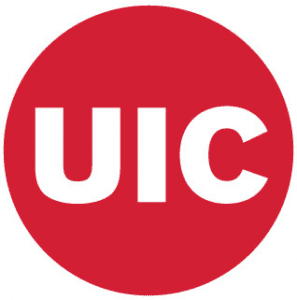Analytics and Reporting Transformation

UIC - Chicago, IL
Sep 2024 - May 2025
Introduction
At the University of Illinois Chicago (UIC) - College of Business Administration, the reporting infrastructure was fragmented and outdated, relying heavily on Excel sheets and SAP Web Intelligence (Webi). This setup limited interactivity, delayed decision-making, and hindered cross-departmental collaboration. The objective was to build a modern, scalable, and unified analytics ecosystem to support strategic initiatives—especially around enrollment growth and academic operations.
Problem Statement
The existing reporting tools were:
- Manual and static, with limited automation or interactivity, with reports scattered across departments and systems.
- Inefficient, leading to duplicated effort, inconsistent KPIs, and delayed insights.
These limitations negatively impacted stakeholder visibility, operational efficiency, and agility in responding to institutional goals.
Product/Project Analysis
- Led initiatives across multiple departments (Admissions, Finance, Student Affairs) to consolidate reporting systems.
- Migrated legacy SAP Webi and Excel reports to interactive Tableau dashboards.
- Designed a centralized data access layer using Denodo, enabling secure and reusable data views across teams.
- Implemented Google Sheets automation using Apps Script for real-time data refreshes directly linked to Tableau.
- Established KPIs, governed data dictionaries, and standardized report templates for consistency.
Architecture
Architecture Flow: UIC Analytics Modernization
📁 Data Sources
SAP Webi, Excel Files, Google Sheets, Admissions Systems
➡️
📊 Google Sheets (Apps Script)
Auto-refresh pipelines for live dashboards
➡️
🔌 Denodo (Virtual Data Layer)
Unified access to 10+ data sources
➡️
📈 Tableau
Centralized dashboards with real-time KPIs
Flow: Data Sources → Denodo → Sheets API → Tableau
Impact
- Reduced reporting time by 35% through automation and centralized dashboards.
- Increased cross-functional visibility, enabling data-driven decisions across 5+ departments.
- Boosted enrollment by 7%, attributed in part to timely insights from newly deployed dashboards.
- Eliminated data silos, and established a culture of collaborative analytics with governed access.
- Reduced reliance on manual spreadsheet consolidation and static SAP reports.
Conclusion
This transformation positioned UIC for long-term success by establishing a modern, self-service analytics ecosystem. By driving this initiative as a program lead and strategic enabler, I helped unlock institutional agility, fostered data culture, and built a scalable foundation to support ongoing operational and academic goals.
I enjoy connecting with like-minded professionals passionate about technology, strategy, and impact. Feel free to reach out!
Chicago, IL
(312) 871-8022
k.teckchandani1703@gmail.com
